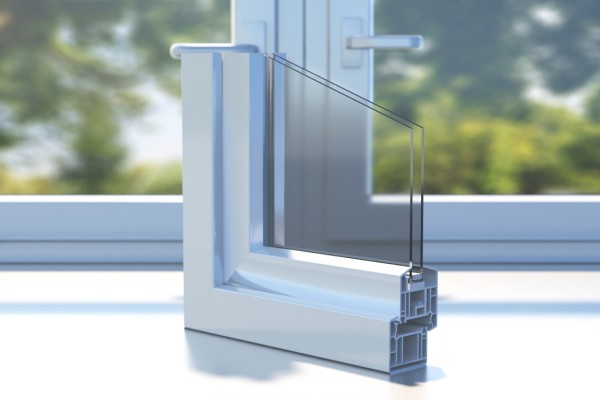
If you’re building or renovating and want better insulation, noise reduction and energy efficiency, double-glazed windows are a smart investment. Widely used across Europe and increasingly common in Australian homes, double glazing improves year-round comfort and can help reduce heating and cooling costs.
What is double glazing?
Double-glazed windows consist of two panes of glass separated by a sealed gap, which is usually filled with air or an inert gas like argon. This gap acts as an insulating barrier, reducing the transfer of heat and sound between inside and outside.
The glazing unit is factory-sealed to prevent moisture and maintain the insulation properties over time.
How do double-glazed windows work?
Heat travels through windows by conduction (through the glass), convection (through air), and radiation. The two layers of glass and the insulating air or gas gap reduce this heat transfer in both directions. In winter, less warmth escapes. In summer, less heat enters.
When installed correctly, double glazing can:
- Keep indoor temperatures more stable
- Reduce the need for artificial heating and cooling
- Minimise outside noise
- Prevent condensation on internal glass surfaces
Benefits of double glazing in Australian homes
- Improved energy efficiency: Reduces heat loss in winter and limits heat gain in summer
- Lower power bills: Less reliance on heating and cooling systems means reduced energy use
- Better acoustic insulation: Helps block out traffic, neighbours or street noise
- Reduced condensation: Less internal moisture build-up on windows during cold months
- Increased resale value: Energy-efficient homes are more appealing to modern buyers
Is double glazing worth it in all climates?
Yes, but the benefits vary depending on location. In cooler parts of Australia (like Victoria, Tasmania or the ACT), double glazing significantly improves warmth retention. In hotter areas (like Queensland or northern NSW), it helps prevent heat gain, especially when combined with low-E glass or reflective coatings.
For optimal results, double-glazed windows should be part of a broader energy-efficient design, including proper shading, insulation and ventilation.
What to look for when choosing double-glazed windows
- Glass type: Low-E glass can be used for even better insulation
- Frame material: uPVC, thermally broken aluminium or timber frames offer better insulation than standard aluminium
- Gap size: A 10–20mm gap between panes is standard; argon gas can further improve performance
- WERS ratings: Look for windows rated under the Window Energy Rating Scheme to compare energy efficiency
- Seals and spacers: High-quality seals and warm-edge spacers help reduce heat transfer and extend product life
Compliance and energy requirements
Double glazing can help your home meet the minimum energy efficiency requirements in the National Construction Code (NCC), especially in climate zones where thermal performance is critical. In New South Wales, double-glazed windows can also support BASIX compliance for new builds and major renovations.
Always check local regulations and consider your home’s orientation, design and shading when selecting windows.
Is it worth upgrading existing windows?
Retrofitting double glazing can be more expensive than including it in a new build, but it’s possible. Options include:
- Replacing entire windows with double-glazed units
- Installing secondary glazing (adding a second pane to existing windows)
- Upgrading frames and seals to improve overall performance
While it comes with an upfront cost, the long-term energy savings and comfort improvements often justify the investment.
Conclusion
Double-glazed windows are an effective way to make your home more comfortable, quieter and energy efficient. Whether you’re building new or renovating an older home, investing in double glazing can deliver long-term savings and improve everyday living.
Speak with your builder or window supplier about glazing options that suit your climate, design and budget—and be sure to look for WERS-rated products that meet Australian Standards.




